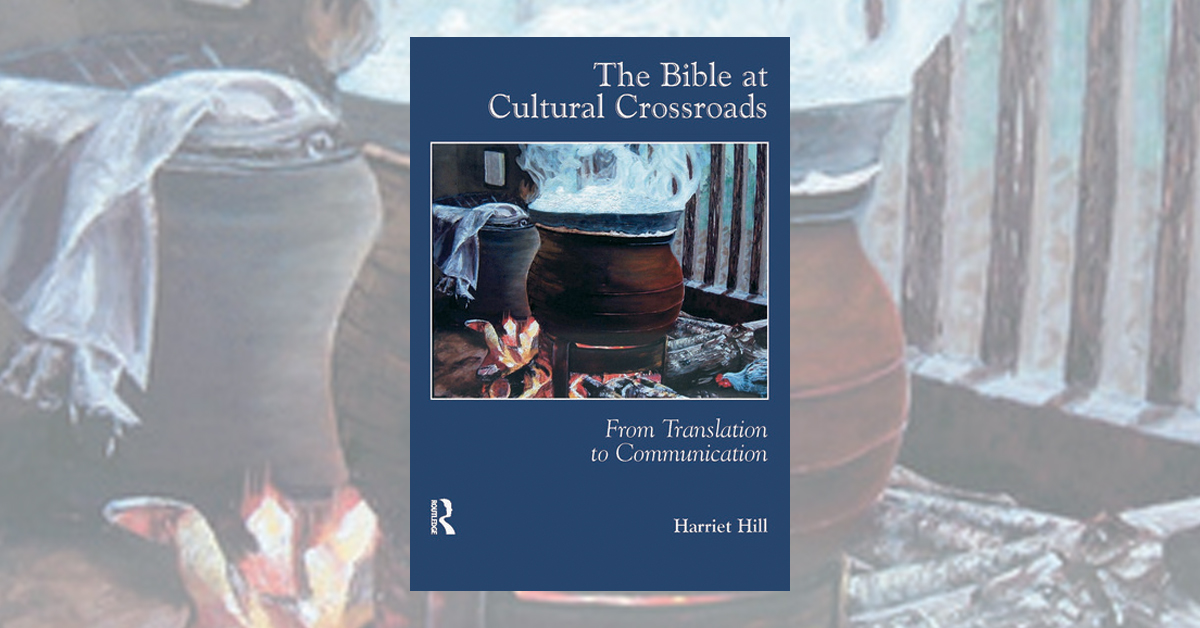
Bible translators have focused their efforts on preparing a text that is clear, natural and accurate, with the expectation that audiences will understand the message if it is in their language. Field research among the Adioukrou of Côte d’Ivoire shows that audiences also need to have access to the contextual information the author expected his audience to bring to the text. When such information is provided, both understanding of and interest in the message increase dramatically. These findings support Relevance Theory’s claim that meaning is inferred from the interaction of text and context. To the extent that the contextual knowledge evoked by the text for contemporary audiences differs from that evoked for the first audience, understanding is impaired. The Bible at Cultural Crossroads presents a model to assist translators in identifying contextual mismatches and applies it on the thematic level to mismatches between first-century Jewish and Adioukrou views of the unseen world, and on the passage level to contextual mismatches arising from four Gospel passages. In-text and out-of-text solutions for adjusting contextual mismatches are explored, with field research results showing the effectiveness of various solutions. Context is shown to be both a significant factor in communication and a dynamic one. Translations of the text alone are not sufficient for successful communication.
This book on one level is a detailed discussion of the practices, challenges, and pitfalls of Bible translation. On another level the book is a critique of the process of the transmission of Scripture where the focus is on cultures and societies as recipients rather than on the cultures and societies of transmission. In fact, the book is the convergence between transmission and reception, between ideas and their embodiment in practice. Often one gains an insight into the mind of the author herself, but even there the author is immersed in a world of other people’s making. From this complex interaction we obtain a challenging understanding of what the “word of God” means as an intercultural process. (Professor Lamin Sanneh, Yale University)
… an impressive piece of work, which interprets relevance theory for practical bible translation and presents a solid piece of field research that gives readers a good insight into the work of bible translators and cultural anthropologists. (Professor Juliane House, Hamburg University)
An innovative empirical study on the influence of socio-cultural factors on the communicative impact of translated texts in a challenging cross-cultural setting. A significant contribution to translation studies. (Ernst-August Gutt, author of Translation and Relevance)



